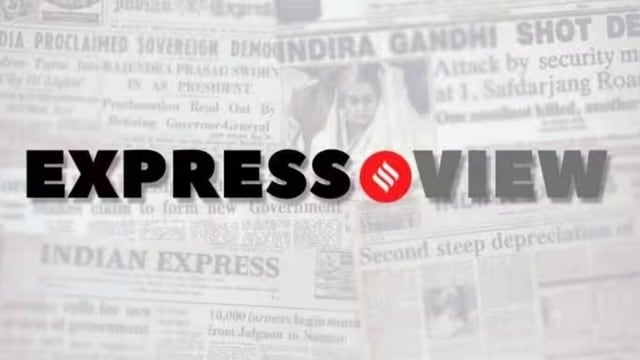
In 2016, the Union government ushered in a new framework to deal with the resolution of bad loans — the Insolvency and Bankruptcy Code. In June 2017, the Reserve Bank of India referred 12 large defaulters — among them, Bhushan Power & Steel Ltd — for proceedings under the IBC. In September 2019, the National Company Law Tribunal (NCLT) approved JSW Steel’s resolution plan for Bhushan Power and Steel. The resolution process was stretched, and as reported in this paper, took 771 days, far in excess of what was envisaged under the code. Two years later, in 2021, JSW finally acquired BPSL. However, that was not the end of the case. Last week, roughly four years later, the Supreme Court rejected JSW Steel’s bid and ordered the liquidation of Bhushan Power and Steel.
The Court has been critical of the various stakeholders, and in doing so, it has raised questions over the sanctity of the process itself. It said that JSW, which made misrepresentations, and showed a rosy picture, had “not complied with the terms of the said approved resolution plan for a period of about two years”. It noted that the resolution plan did not conform to the requirements in Section 30(2) of the IBC, and that the resolution professional had “failed to discharge his statutory duties”. The committee of creditors had “failed to exercise its commercial wisdom while approving the resolution plan”. This puts a question over the entire institutional apparatus. However, the decision to push the company into liquidation is questionable. It could lead to value destruction. Proceeds from liquidation also tend to be lower. As on December 31, 2024, in 2707 cases, the insolvency and resolution process was closed by commencement of liquidation. The liquidation value was just 6.3 per cent of the claims as per data from the Insolvency and Bankruptcy Board of India. In the case of BPSL, as per the resolution plan, financial creditors were to be paid Rs 19,350 crore as against admitted claims of Rs 47,157.99 crore, which translated to a recovery rate of 41.03 per cent.
While the parties involved may choose to appeal, this ruling will have wide-ranging implications for the insolvency and bankruptcy process. For one, considering that resolution plans can be challenged and rejected at multiple levels, this uncertainty will probably get priced into future bids in cases. This may lead to fewer bids and/or lower value, which could possibly reduce realisations for financial and operational creditors. The aspects highlighted by this case thus require careful examination. Over the years, the government has taken steps to streamline the functioning of the code. The issues raised in this case must inform its next steps.